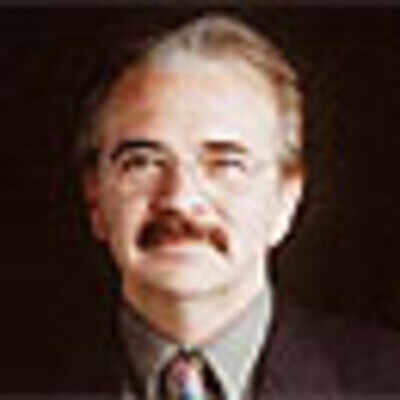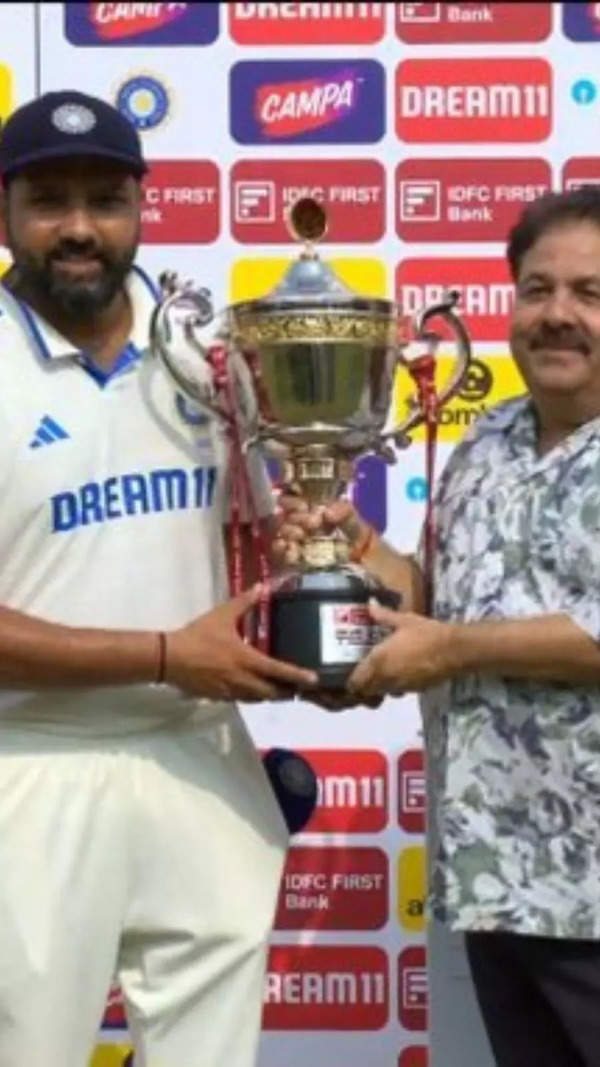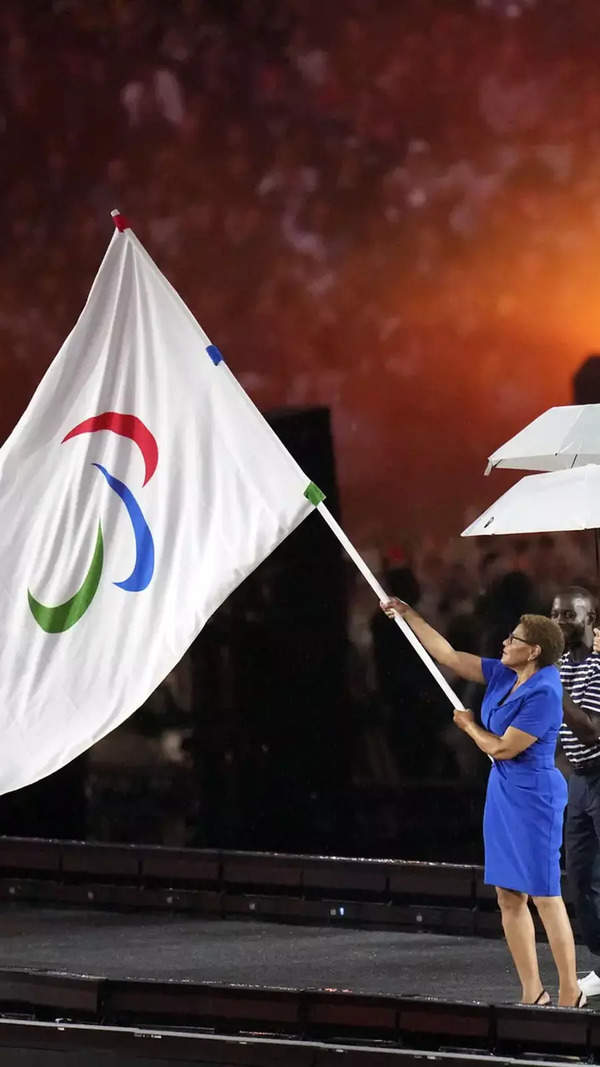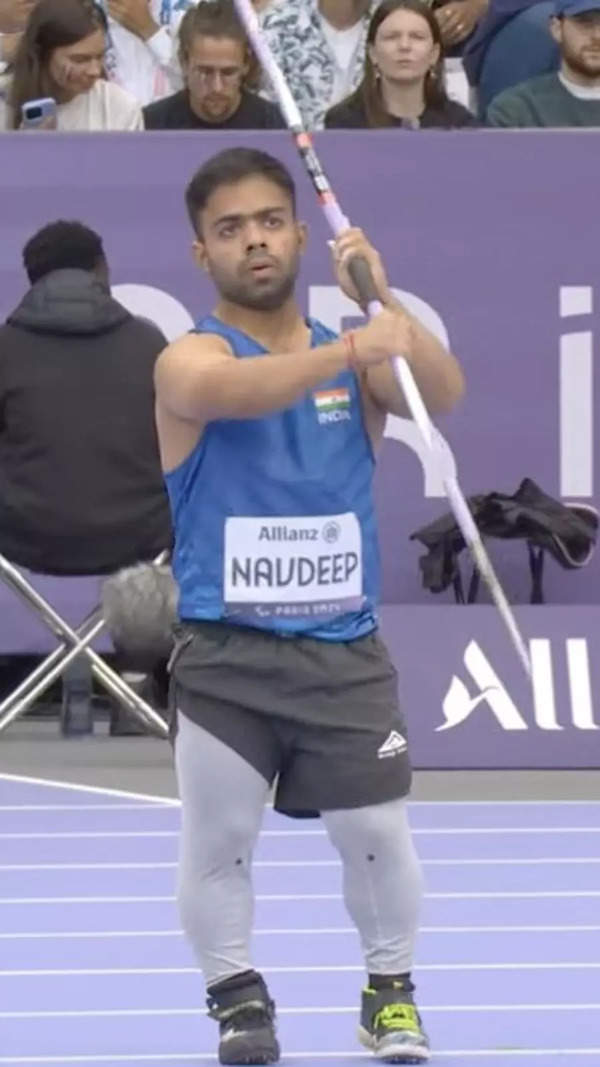- News
- Sports News
- A streetcar named design
Trending
This story is from January 8, 2008
A streetcar named design
Patrick le Quement leads the global design team at Renault Group. The French car designer sees India leading the talent in the field of auto business.

Patrick le Quement leads the global design team at Renault Group. The French car designer sees India leading the talent in the field of auto business.

But he sees India leading the talent in the field of auto business. Reason why India has been chosen as one of the hubs for Renault's global design centre. We want to be there physically, he says speaking from Paris just before his departure to New Delhi for the 9th Auto India Expo beginning from January 10, bolstering his decision why India is of strategic importance to Renault.
"Korea is an important market too but when it comes to design India is very important to us. Patrick is not just a design evangelist but a cultural pluralist. The influence on design by the multiplicity of cultures and nationalities at Renault is manifold," says Patrick.
"We don't want to work with a blinker and are much more open to change," he adds.
He is committed to cultural diversity. You may ask what has cultural diversity to do with a car design. At the manifest it may sound bizarre. But ask Patrick, he will tell you how insights into a particular culture would help his team build better designs for their customers.
Patrick says, "The global design studio in India will be operational by 2008. This will help them locate the future in India."
"The future of automobile design in India is pretty good," he adds.
He is excited about the rapidity of learning in India. "Indian designers have led from the front in the Paris studios," he says.
There is a certain thrill when he talks about the sheer enthusiasm that set the mood and tone for Renault's love affair with India. While having identified the bountiful enthusiasm among Indians he feels budding designers need help to become professionals. Patrick believes Indians are particularly gifted with high levels of creativity and help make a difference.
It is design that makes the difference argues Patrick. The competition is so intense and harsh and it is only by pushing the limits of design that auto majors will be able to cope with the stiff fight. A designer plays a cardinal role from the concept to the overall packaging and hence a great design will stand between success and failure.
And successes stories are largely written by customers. Patrick agrees that there is a tremendous amount of diversity in the market and most manufacturers are very particular about the tastes of their customers. Car makers study tastes and analyse demographics that help them identify their customers. They are clued on to the likes and dislikes of the younger generation and older population. While this is crucial to understanding customers, Patrick feels people hate to be typecast and the young want to be recognized.
It is undoubtedly a challenge delivering cars to customers of different regions and cultures across continents. Patrick feels it is important to identify design trends, what car owners are looking far in various countries. It is then imperative for their young design team to transmit the trends and behaviour for the company to be able to roll out their likes.
He is curious like a kid alright, but a true master when it comes how design should be taught in schools and colleges.
"We have to start right from schools, nurture talent and accelerate the enthusiasm," says Patrick.
While he has a pulse on the automobile industry for what's happening in the world of car design he looks outside of it for his inspiration. He looks back into history and architecture with his eyes open.
"The moment you stop looking at the world it is about time that you left your job," says Patrick.
While many companies talk about developing clean technologies, few walk their talk. And Renault is one, says Patrick. The French car major will display two of their cars in the 9th Auto Exp in the capital built on eco2 platform. Eco2 vehicles meet three ecological criteria. It is produced in a factory with ISO14001 certification, emits less than 140 g of Co2 per km or uses biofuel and finally it is 95% reusable but already contains parts made of reusable plastic. For now, Patrick is more than helping them walk their talk.
End of Article
FOLLOW US ON SOCIAL MEDIA










